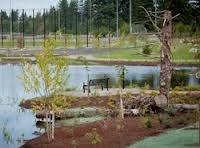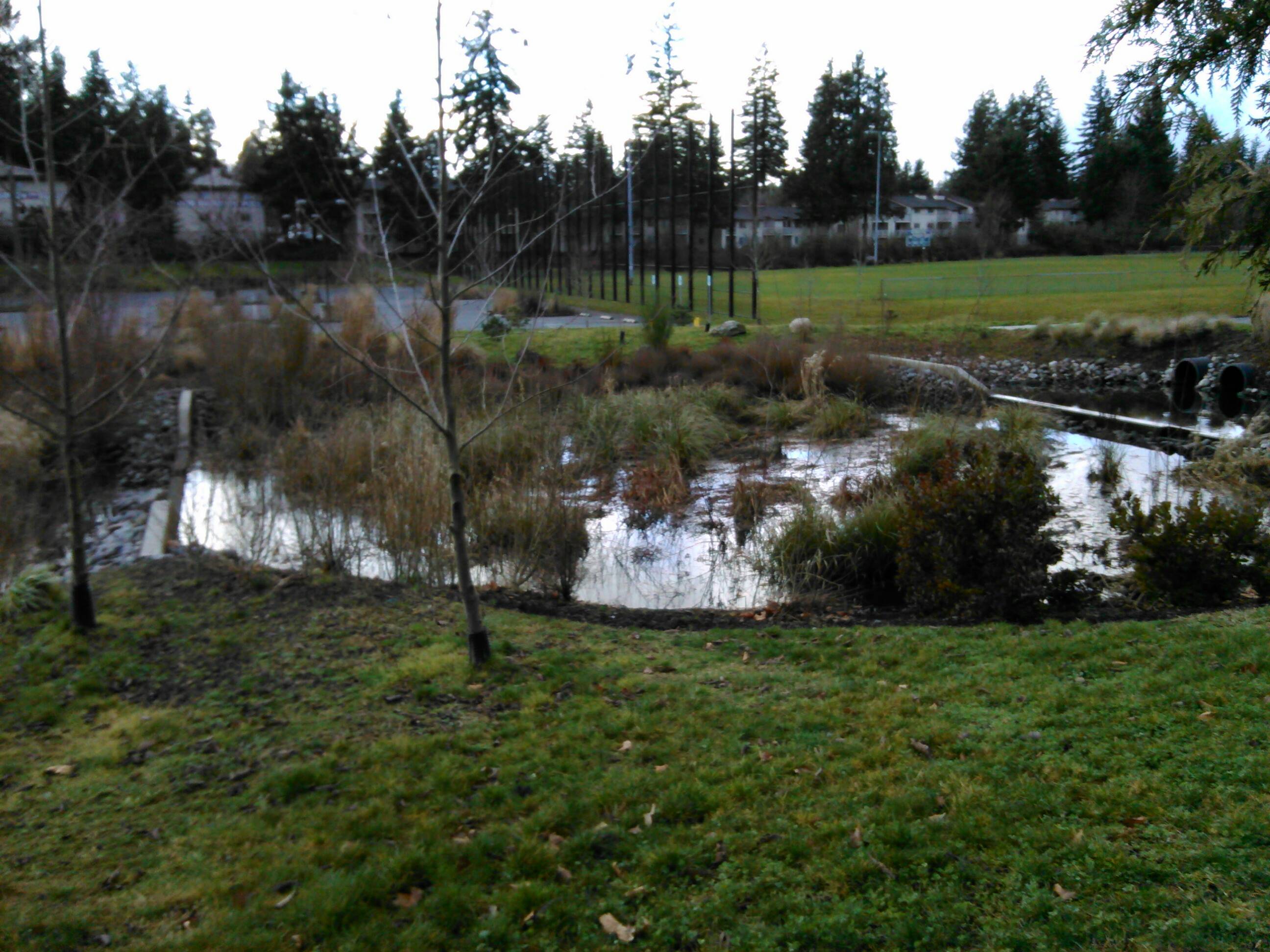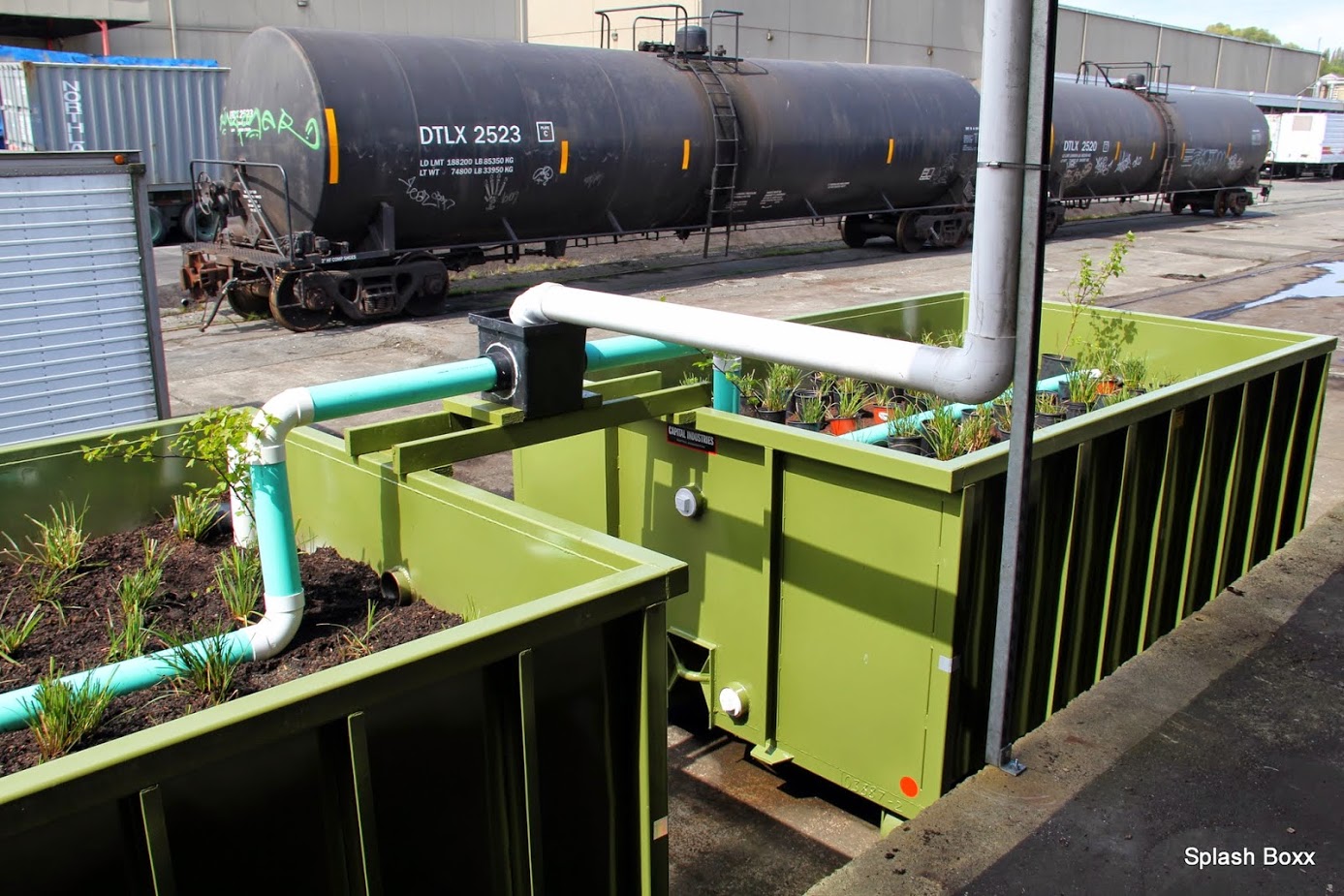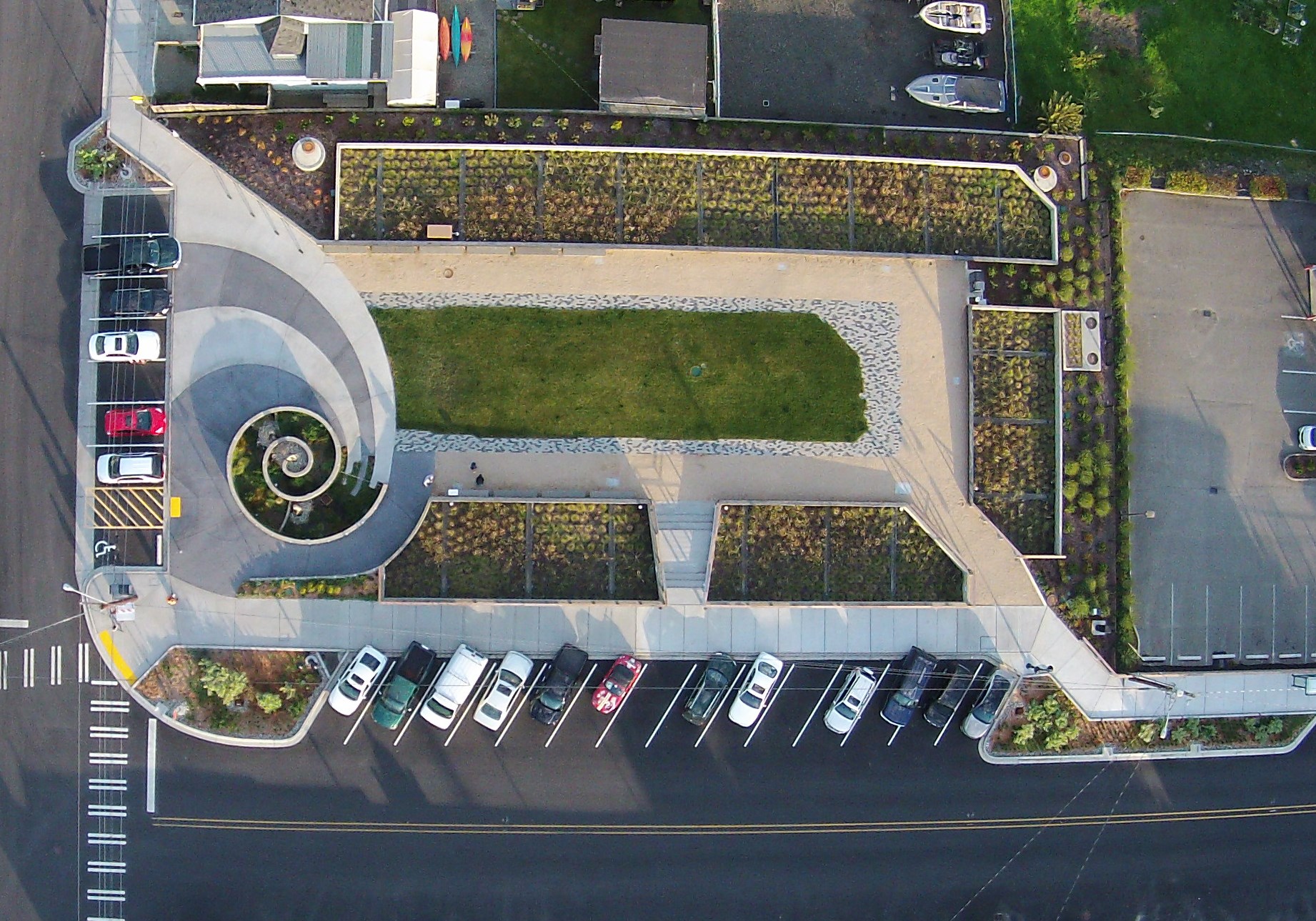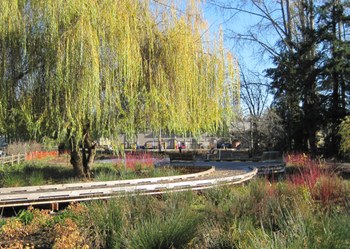The Yauger Park Low Impact Development (LID) Project provides for enhanced water quality treatment, additional storage volume and improvements to the recreational facilities at the City of Olympia’s Yauger Park regional stormwater facility. In this case study, the permeable pavement (porous Asphalt) at the Yauger Park Low Impact Development (LID) Project is examined. Federal funding under the “American Recovery Act” was used to build a demonstration project employing environmentally sensitive Best Management Practices (BMPs). There are several environmental innovations being used at this one site, and permeable pavement is just one.
